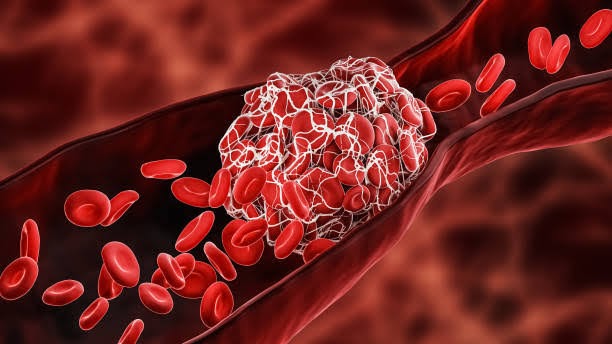During pregnancy, women may face a slightly higher risk of thrombosis, particularly during and shortly after childbirth. Hormonal changes during pregnancy make a woman's blood more prone to clotting, putting her at an increased risk of deep vein thrombosis (DVT) and pulmonary embolism (PE). The risk remains elevated for a few weeks after delivery, gradually decreasing as the body returns to its pre-pregnancy state.
The use of hormonal contraceptives, especially those containing estrogen, can also raise the risk of blood clot formation in women. Hormone replacement therapy (HRT) for managing menopausal symptoms can increase the risk of thrombosis, especially when estrogen is involved. Medical conditions like obesity, inherited blood clotting disorders, and certain autoimmune disorders can also contribute to elevated thrombosis risk in women.
Stroke risk varies between men and women, with women having a higher risk of stroke after age 25. Pregnant women with certain conditions or experiencing complications may also face an increased risk of stroke. Migraines with aura, atrial fibrillation, and hypertension can further heighten the risk of stroke in women.
To reduce the risk of thrombosis and stroke, women should be aware of their personal risk factors and manage existing health conditions. A healthy lifestyle with regular exercise, a balanced diet, and hydration is crucial. Maintaining a healthy weight, quitting smoking, and being vigilant about blood clot symptoms are essential for preventive measures.
The World Thrombosis Day campaign emphasizes the importance of staying active and incorporating exercise into daily routines to improve blood circulation and lower the risk of blood clots. Women should be proactive about understanding their risk factors and seek professional advice to assess their individual risks and receive appropriate preventive measures.
Being familiar with the signs and symptoms of blood clots, such as swelling, pain, tenderness, warmth, and redness, is vital. If a blood clot is suspected, immediate medical attention is crucial to prevent complications. Awareness and timely action can help protect women from the dangers of thrombosis.



